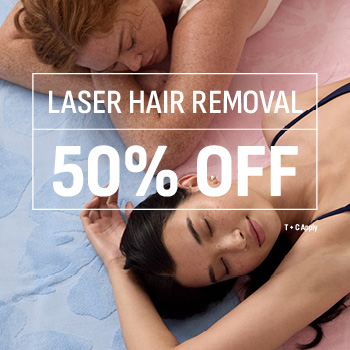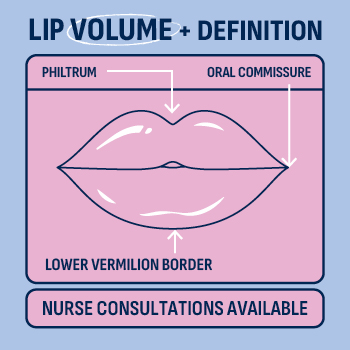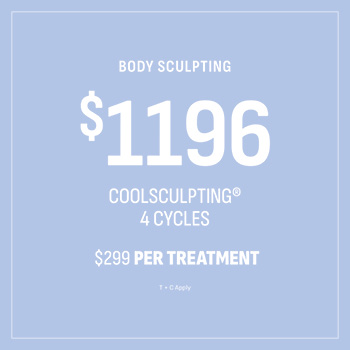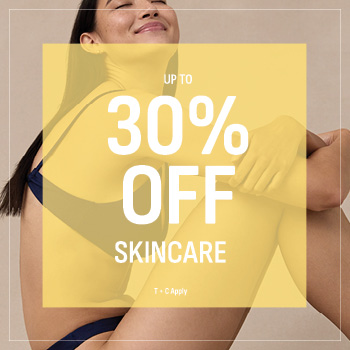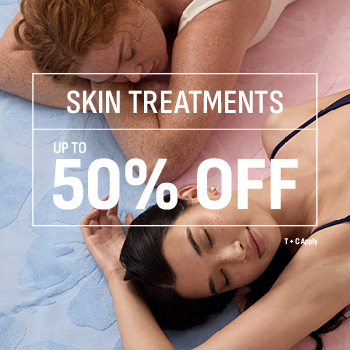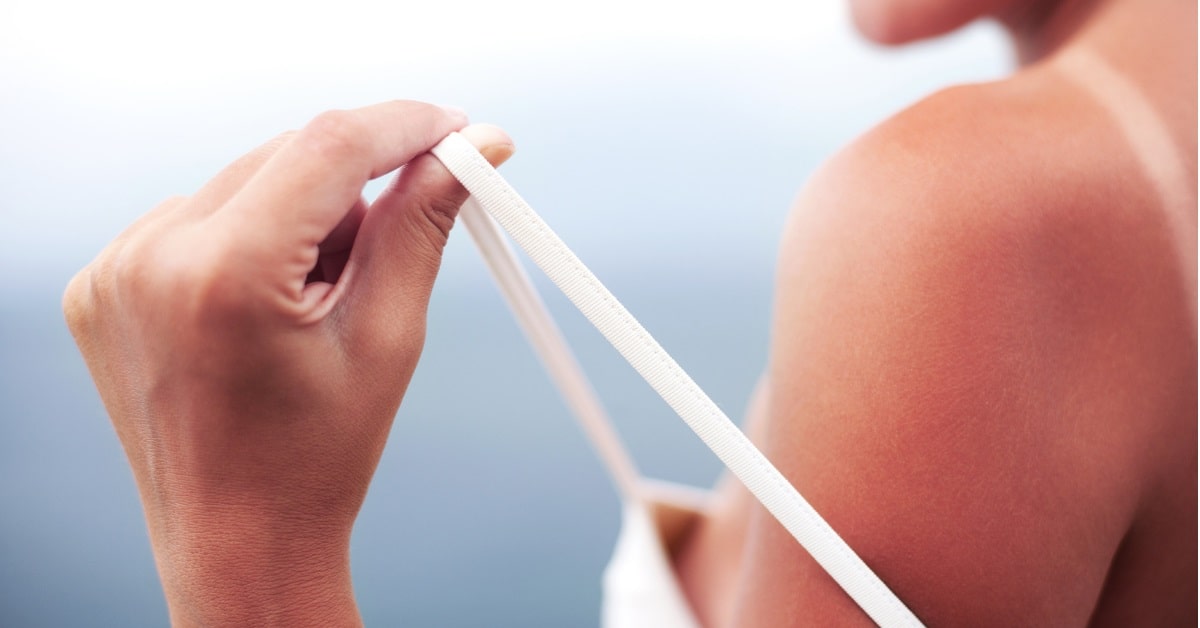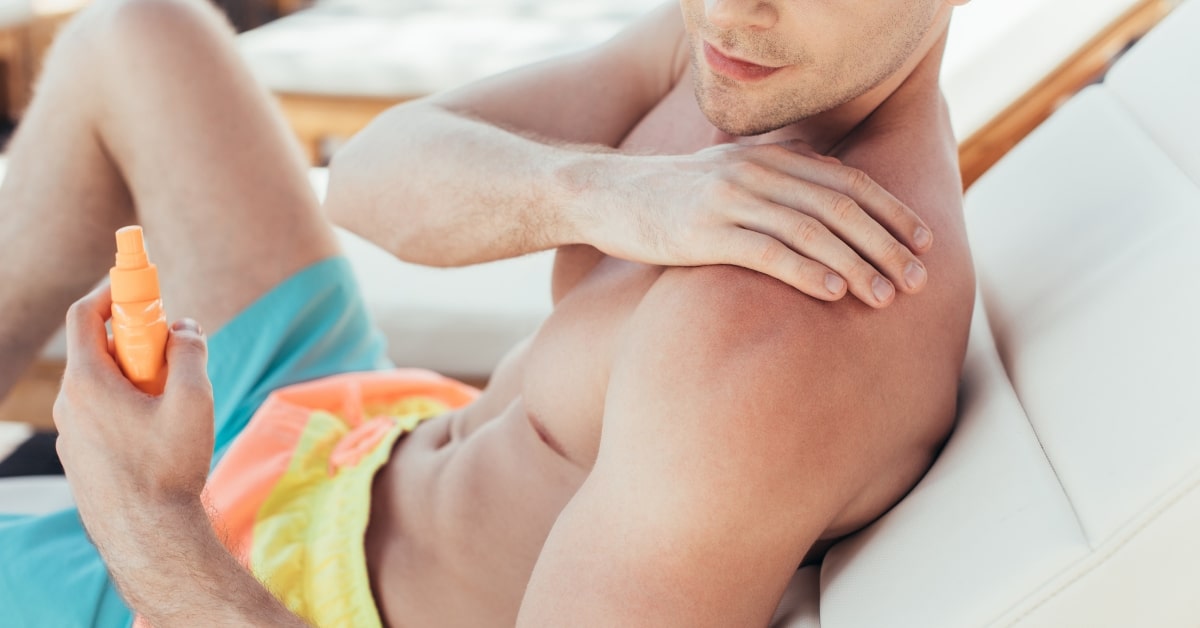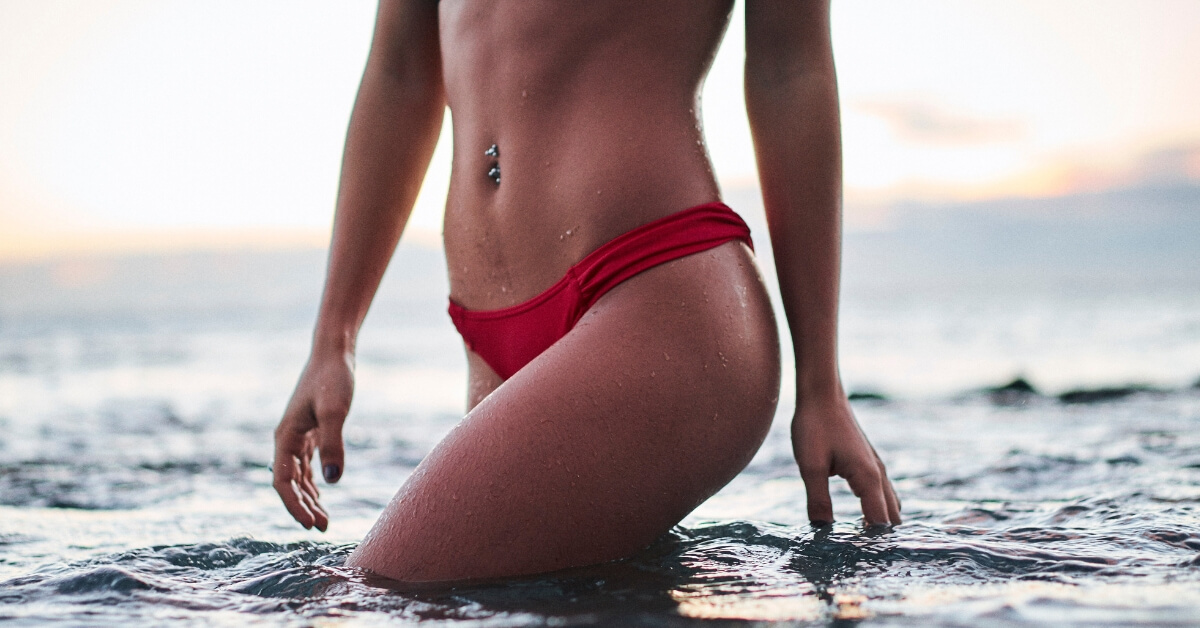Sometimes it just happens – the sun is shining and all your friends are waiting for you down by the beach. You throw on your swimmers, grab a towel and rush out the door. There’s only one problem: you forgot to apply sunscreen! After a couple of hours, you head home and the reality of the Australian sun starts to sink in… You’re sunburnt.
While sunburn itself is rarely a serious event, even small amounts of sun exposure can increase your risk of skin cancers and skin damage and so is better off avoided completely. However, no one is perfect and as such, sunburn will occur from time to time.
Not only is sunburn uncomfortable, it also means you won’t be able to move forward with your Australian Skin Clinics skin and laser treatments (we’ll discuss this more further on, or skip to it here). This article will help you discover if you’re at a higher risk of sunburn, how to manage the symptoms and the steps to take should you find yourself a little too sun-kissed before you next appointment at Australian Skin Clinics.
Who is at the most risk of being sunburnt?
A research article in The Medical Journal of Australia looked at the frequency of sunburn in Australian adults. The research identified that youth was the biggest predictor of sunburn, with young adults aged between 18 and 24 being seven times more likely to be sunburnt that those 65 years or older. Males are also at increased risk, with one in eight men and one in 12 females in the study having reported sunburn in the previous weekend. Other predictors of sunburn included those who’ve engaged in physical activity in the past week and those who did not apply sunscreen.
Treat the heat at home
There are steps you can take at home to minimise the damage to your skin. The Better Health Channel recommend cooling the area with a cold compress or cloth, however they suggest leaving the soap in the dispenser as it can dry out and irritate the sensitive skin. You are likely dehydrated after an extended period in the sun, so it is also important to drink lots of water. Another tip to soothe the skin is to apply Balense Recovery Cream to the affected areas. Balense Recovery Cream nurtures the skin and reduces the appearance of redness, while at the same time protecting vital hydration levels.
Regardless of how well you handle the heated aftermath of sunburn, the damage has been done. This is why prevention is the best protection! Remember to always SLIP on sun-protective clothing, SLOP on some sunscreen, SLAP on a broad-brimmed hat, SLIDE on some sunglasses and SEEK some shade! Note: Severe symptoms such as extensive blistering and pain, widespread burns, headaches, nausea, vomiting or changing states of consciousness all warrant a doctor’s visit.
Before your next appointment
At Australian Skin Clinics, our advanced skin treatments are some of our most popular services, but for your own safety, we cannot treat you if the treatment area and surrounding skin is sunburnt. Sunburn, lasers and/or skin needling just aren’t a good mix!
If you’ve had recent sun exposure that you think may affect your treatment, there are steps you should take regarding any booked services.
1. Call your Australian Skin Clinics technician and advise on the extent of the sun exposure.
2. Based on that discussion, your technician will decide if you need to postpone your appointment and for how long.
3. Care for your skin in the meantime, try and reduce the damage done by the sunburn as much as possible. Speak to your technician regarding a customised homecare prescription for your skin’s needs.
4. Be aware that most treatments require two weeks of no sun exposure to the area, and no fake tans either!

